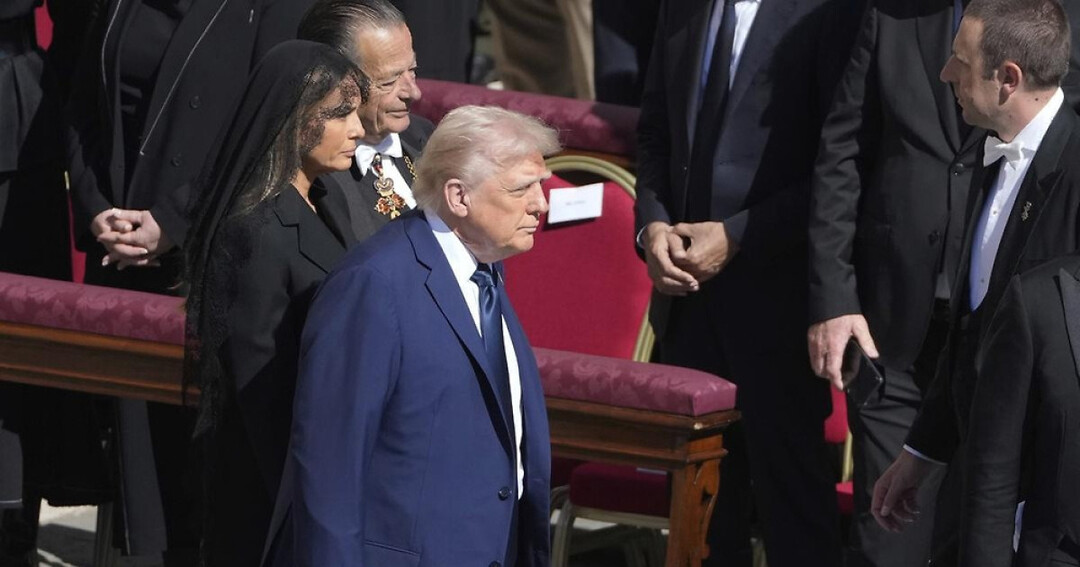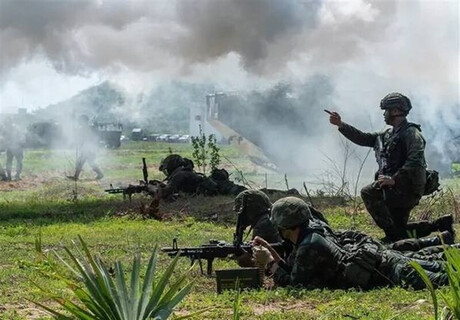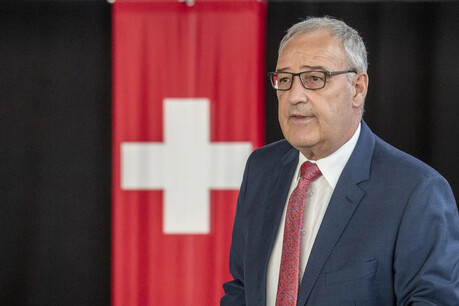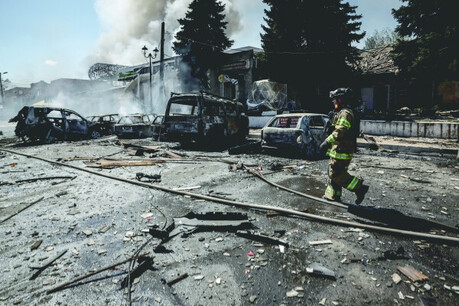
VATICAN CITY – The somber atmosphere of Pope Francis’s funeral on April 26th was punctuated by the unexpected attire of the former US President, Donald Trump, who arrived in a bright blue suit and tie. This sartorial choice stood in stark contrast to the traditional black suits and ties worn by other world leaders and royalty present, including French President Emmanuel Macron and Italian Prime Minister Giorgia Meloni.
The New York Times highlighted Trump’s conspicuous appearance, noting that he stood out “like a billboard” amidst the sea of black. Protocol dictates that male attendees should wear dark suits with black ties for such solemn occasions. While former President Joe Biden also opted for a blue tie, the online discourse surrounding Trump’s deviation from the expected dress code was significantly more pronounced.
Adding to the fashion scrutiny was Melania Trump, the former First Lady. While her black coat and veil were deemed appropriate, her choice of nude stockings instead of black drew criticism for being unsuitable for a funeral setting.
Some media outlets suggested that Trump’s decision to wear a blue suit could be interpreted as a deliberate act, aligning with his public persona of an individual who operates outside conventional norms and adheres to his own rules. This interpretation adds another layer to the already debated appearance.
Despite speculation that the funeral might serve as an opportunity for diplomatic engagements, Trump’s interactions with other leaders were limited. He reportedly held a brief 15-minute meeting with Ukrainian President Volodymyr Zelenskyy but otherwise only exchanged handshakes with other dignitaries before departing for the United States. The Telegraph cited his wife Melania’s birthday as the reason for his swift return.
Queen Mathilde of Belgium also found herself under scrutiny for her jewelry choice. Having faced criticism previously for wearing a pearl necklace to Pope John Paul II’s funeral, she once again donned a pearl necklace for Pope Francis’s service, drawing renewed disapproval.
Adding another layer of controversy to the event was Argentine President Javier Milei. The leader from Pope Francis’s home country reportedly arrived late to the funeral, sparking a “tardiness” controversy and further diverting attention from the intended solemnity of the occasion.
The confluence of these sartorial choices and perceived diplomatic snubs created a noticeable buzz around an event intended for solemn remembrance. While the focus should have remained squarely on the passing of Pope Francis, the actions and appearances of several prominent figures, particularly the former US President, ignited discussions and debates that extended beyond the religious significance of the day. The incidents serve as a reminder of the intense scrutiny that public figures face on the global stage, even during events of mourning and respect.
[Copyright (c) Global Economic Times. All Rights Reserved.]






























